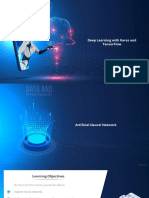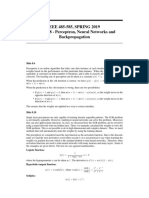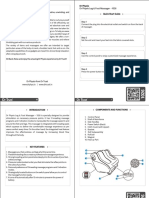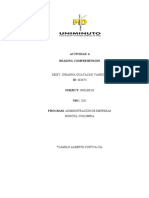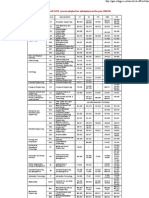0% found this document useful (0 votes)
27 views57 pagesLecture 09 Slides - After
The document provides an overview of neural networks, focusing on their application in classification and regression tasks. It covers key concepts such as activation functions, training methods including backpropagation and stochastic gradient descent, and the advantages of deep learning over traditional methods like logistic regression. Additionally, it highlights the importance of deep learning frameworks like PyTorch and TensorFlow for efficient neural network implementation and training.
Uploaded by
baptiste.ferrer10Copyright
© © All Rights Reserved
We take content rights seriously. If you suspect this is your content, claim it here.
Available Formats
Download as PDF, TXT or read online on Scribd
0% found this document useful (0 votes)
27 views57 pagesLecture 09 Slides - After
The document provides an overview of neural networks, focusing on their application in classification and regression tasks. It covers key concepts such as activation functions, training methods including backpropagation and stochastic gradient descent, and the advantages of deep learning over traditional methods like logistic regression. Additionally, it highlights the importance of deep learning frameworks like PyTorch and TensorFlow for efficient neural network implementation and training.
Uploaded by
baptiste.ferrer10Copyright
© © All Rights Reserved
We take content rights seriously. If you suspect this is your content, claim it here.
Available Formats
Download as PDF, TXT or read online on Scribd
/ 57















